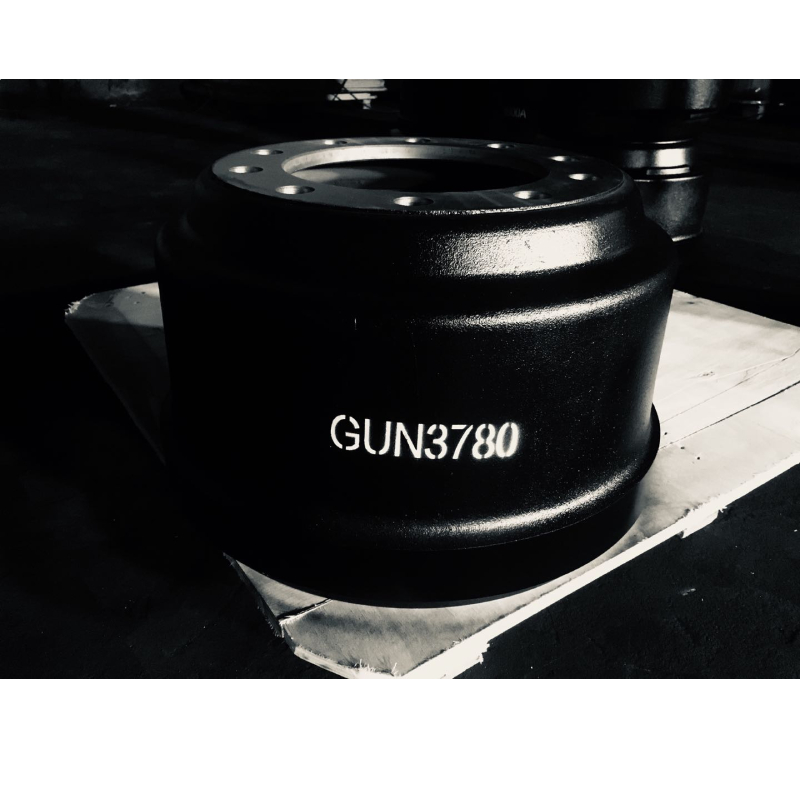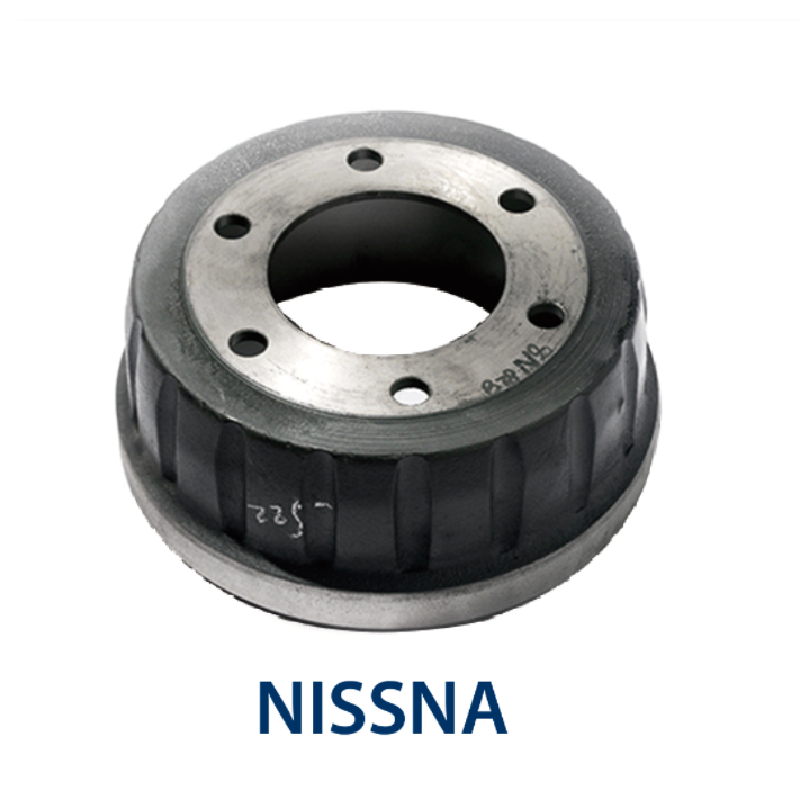2 月 . 16, 2025 06:26 Back to list
rear brake drum adjustment
Adjusting the rear brake drum on a vehicle is a nuanced process that ensures optimal performance and safety. Mastery over this procedure not only extends the lifespan of your vehicle's braking system but enhances overall driving safety. Understanding the intricacies of rear brake drum adjustments can transform a simple DIY enthusiast into an informed vehicle technician. This comprehensive guide illuminates the critical steps, offering insights rooted in both technical expertise and practical experience.
1. Access the Star Wheel Adjuster The star wheel adjuster, found through a rubber plug or an access hole on the back plate, is the heart of the adjustment mechanism. By rotating this a few clicks at a time, you can fine-tune the clearance between the brake shoes and the drum. 2. Inspect the Brake Components With the drum removed, inspect the brake components for wear and damage. Replace any shoes or springs showing excessive wear or corrosion. A clean workspace allows for a better inspection and adjustment process. 3. Adjust the Brake Shoes Using the brake adjustment tool, turn the star wheel adjuster. The goal is to achieve a subtle drag when the drum is placed back over the shoes. This indicates optimal shoe-to-drum spacing. 4. Reassemble and Test Once you achieve the desired drag, reassemble the components in reverse order. Install the wheel and hand-tighten the lug nuts. Lower the vehicle from the stands and then fully tighten the lug nuts in a criss-cross pattern to ensure even distribution. 5. Final Brake Testing Before hitting the road, test the adjustment by engaging the brakes multiple times at a low speed. Listen for unusual sounds and feel for consistent braking performance. A stable brake pedal without pulsation indicates a successful adjustment. Professional Tips for Optimal Adjustments - Regular Maintenance Routine checks and timely adjustments can prevent extensive wear and costly repairs. - Consistent Monitoring Monitor brake fluid levels and brake performance as part of your regular vehicle maintenance routine. - Seek Professional Assistance When in doubt, consult a professional mechanic. Complex issues may require professional expertise and equipment not available to the average vehicle owner. Conclusion Adjusting rear brake drums is not just a fundamental maintenance task; it's an investment in your vehicle's longevity and performance. Recognizing the balance between technical acumen and practical maintenance ensures that your vehicle receives the necessary care, reflective of a knowledgeable and experienced approach. By continually refining your understanding and upkeep of brake systems, you contribute to a safer, more reliable driving experience.


1. Access the Star Wheel Adjuster The star wheel adjuster, found through a rubber plug or an access hole on the back plate, is the heart of the adjustment mechanism. By rotating this a few clicks at a time, you can fine-tune the clearance between the brake shoes and the drum. 2. Inspect the Brake Components With the drum removed, inspect the brake components for wear and damage. Replace any shoes or springs showing excessive wear or corrosion. A clean workspace allows for a better inspection and adjustment process. 3. Adjust the Brake Shoes Using the brake adjustment tool, turn the star wheel adjuster. The goal is to achieve a subtle drag when the drum is placed back over the shoes. This indicates optimal shoe-to-drum spacing. 4. Reassemble and Test Once you achieve the desired drag, reassemble the components in reverse order. Install the wheel and hand-tighten the lug nuts. Lower the vehicle from the stands and then fully tighten the lug nuts in a criss-cross pattern to ensure even distribution. 5. Final Brake Testing Before hitting the road, test the adjustment by engaging the brakes multiple times at a low speed. Listen for unusual sounds and feel for consistent braking performance. A stable brake pedal without pulsation indicates a successful adjustment. Professional Tips for Optimal Adjustments - Regular Maintenance Routine checks and timely adjustments can prevent extensive wear and costly repairs. - Consistent Monitoring Monitor brake fluid levels and brake performance as part of your regular vehicle maintenance routine. - Seek Professional Assistance When in doubt, consult a professional mechanic. Complex issues may require professional expertise and equipment not available to the average vehicle owner. Conclusion Adjusting rear brake drums is not just a fundamental maintenance task; it's an investment in your vehicle's longevity and performance. Recognizing the balance between technical acumen and practical maintenance ensures that your vehicle receives the necessary care, reflective of a knowledgeable and experienced approach. By continually refining your understanding and upkeep of brake systems, you contribute to a safer, more reliable driving experience.
Next:
Latest news
-
Brake Drum for Kamaz Trucks Durable OEM Replacement & High Performance
NewsMay.30,2025
-
Brake Drum Man High-Quality Drum Brake & Shoe Solutions
NewsMay.30,2025
-
High-Performance Brake Drum for Kamaz Trucks Durable Drum Brake Components
NewsMay.29,2025
-
Brake Drum Man High-Quality Drum Brake Drums & Brake Shoes
NewsMay.29,2025
-
Brake Drum MAZ High-Performance & Durable Replacement Parts
NewsMay.29,2025
-
heavy truck brake drums
NewsMar.07,2025
